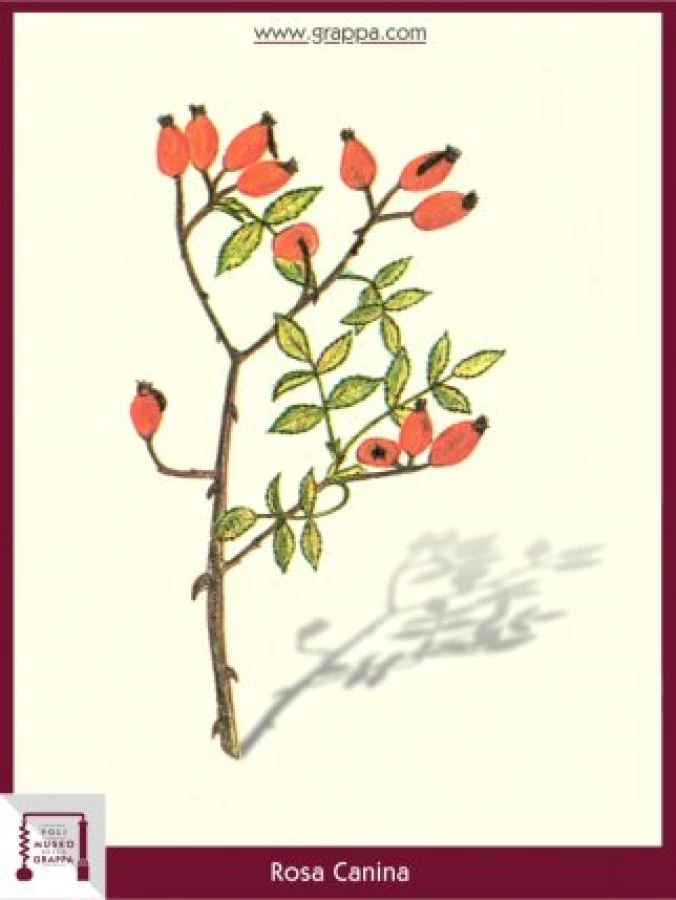Rosolio
Dog-Rose
Rosolio
Plant:
Dog-Rose
Plant Part:
fruit
Plant Properties:
astringent, anti-inflammatory, diuretic, vermifuge, calming, vasoprotective, refreshing, corrective, antiscorbutic, vitaminizing, vitaminic
Description:
The trivial name dog-rose is inspired by the scientific name of its fruits "cinnorodi", which in Greek means "rose of the dogs"; This term wants to identify a species that is found everywhere in the wilderness and is widely spread.
Other interpretations of the name refer to its root, which is used to relieve tantrums; Linné was one of the supporters of this hypothesis, and he was the one who gave the plant this curious name.
Even more curious is another popular term for the plant: "grattacul" or "stròpacul", a clear reference to the extremely resistant hair contained in the pulp and its astringent properties.
In fact, the fruits of the dog rose for a long time were used because of their high vitamin C content as astringent, but above all for the fight against scurvy.
Today, they are used for delicious jams and jellies.
Without doubt the dog rose is very suitable for food applications. From our point of view, however, it is also indicated in the production of liqueurs.
Ingredients:
- 500 g of gum-containing alcohol
- 500 g of water
- 200 g of sugar syrup
- 30 g of dogrose leaves
- 1 vanilla pod
- peel of the bitter orange
- some leaves of lemon verbena
- a pinch of cinnamon
- 500 g fruits of dogrose
- 2 handful fruits
Preparation:
Here is the recipe of a modern and sophisticated "Rosolio" (rose blossom liqueur): 500 g of a good-tasting alcohol, diluted with just as much water and 200 g of sugar syrup. 30 g of dog-rose leaves, a vanilla pod, the peel of a bitter orange, some leaves of lemon verbena (lippia citriodora) and a pinch of cinnamon are added to this mixture.
The liqueur has to rest for two months; in the meantime the fruits of the dog-rose will already be ripe. Add 500 g of the fruits to the filtered mixture. Let it rest for six months, after a further filtration let it age for other six months. The efforts of more than a year are rewarded by a real "Rosolio".
To prepare a Grappa on the other hand, we recommend picking the fruits after the first frost and removing the seeds; Two handful fruits in a liter of Grappa for six months. The taste and the color of the obtained liqueur will improve considerably with the increasing aging.


